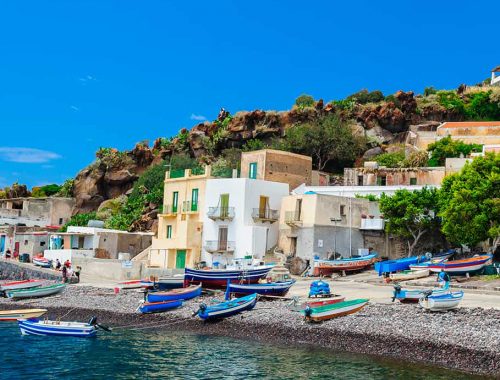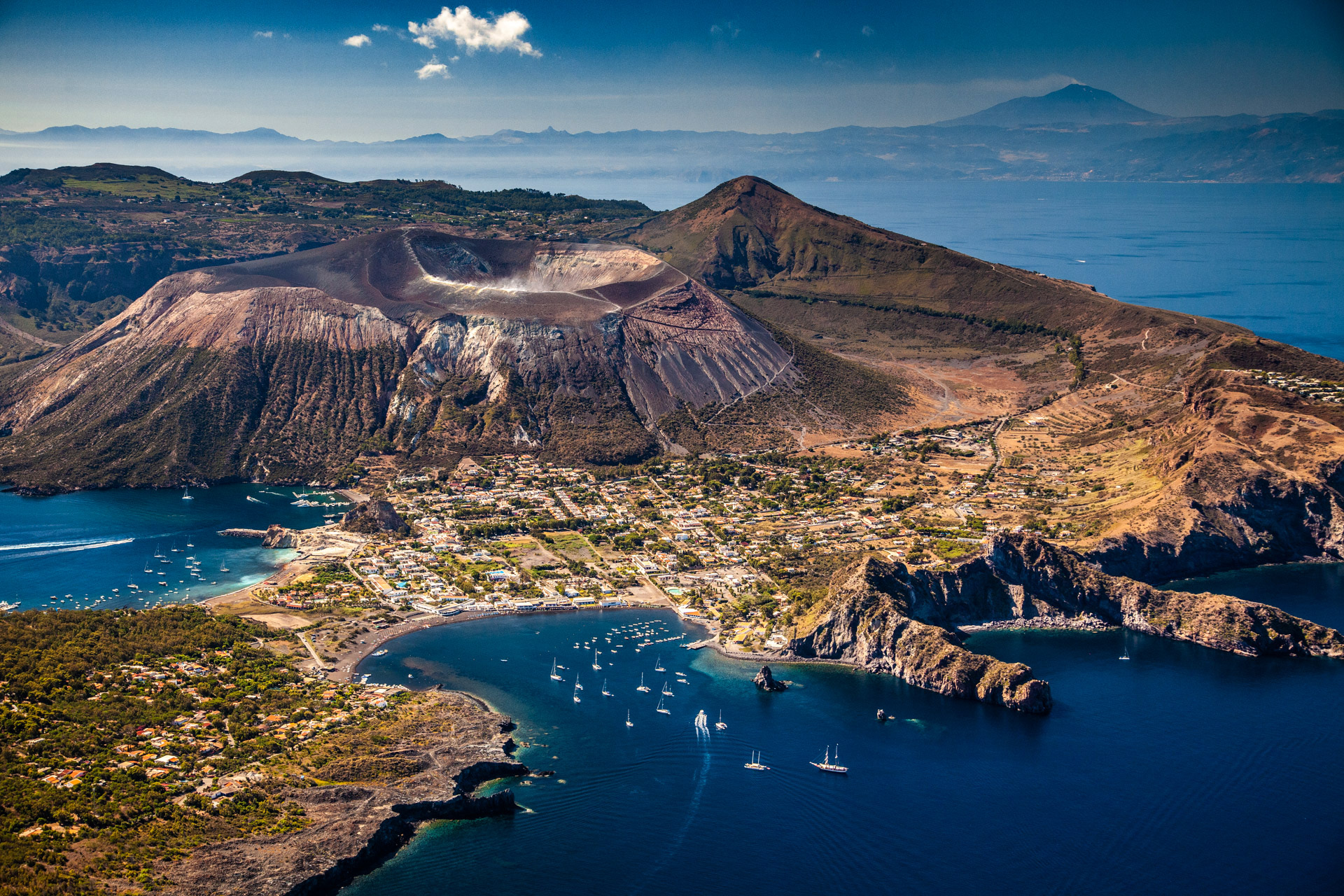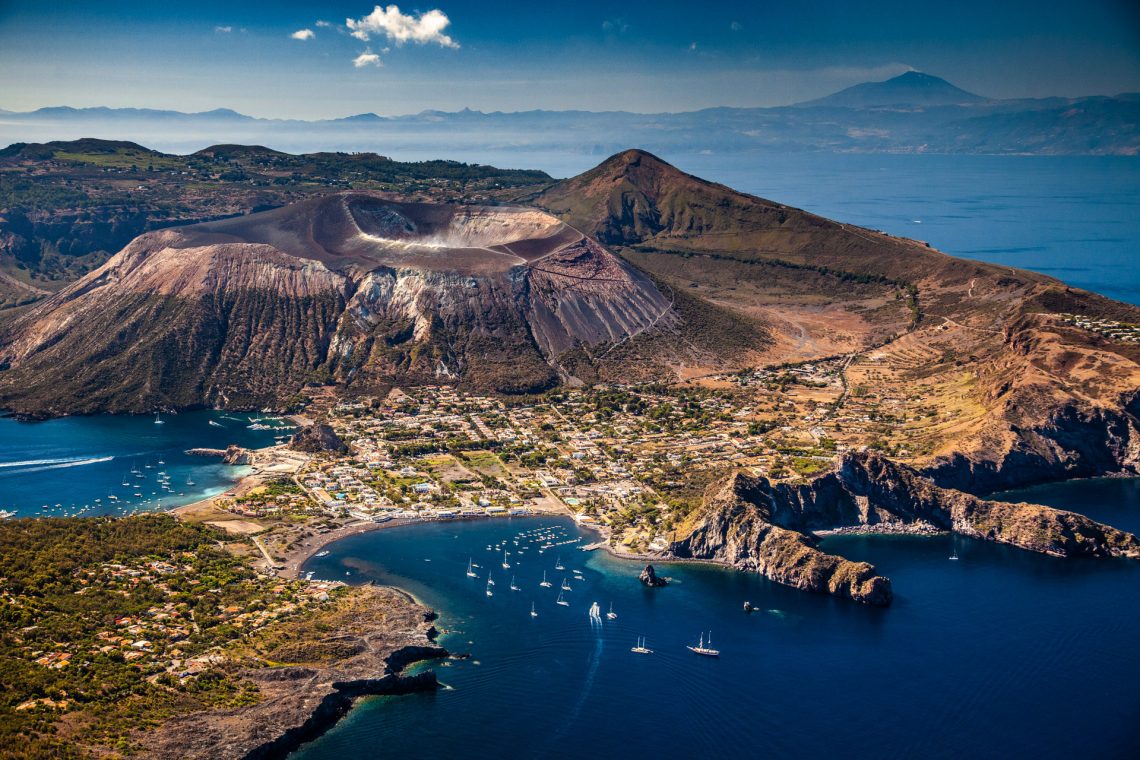
Vulcano: Tips for sailing around the queen of the Aeolian Islands
Vulcano is the first island of the Aeolian archipelago encountered when arriving from Portorosa, where most of the charter companies serving the islands are based. It is just 16 nautical miles from the Sicilian coast, a distance that can be covered in about 2.5 hours of sailing.
As its name suggests, Vulcano is not only a volcanic island like the others in the archipelago, but it is also one of Italy’s still-active volcanoes. The volcano that dominates the island is relatively low-risk, yet its activity is very visible. The main crater, accessible on foot via a steep trail, resembles a large “cauldron” where mud bubbles, and occasional bursts of sulfurous gas rise into the air. Vulcano also features a small village with bars, restaurants, and shops selling local products. Above all, it is a magical place highly appreciated by sailors, thanks to its charming and well-sheltered anchorages.
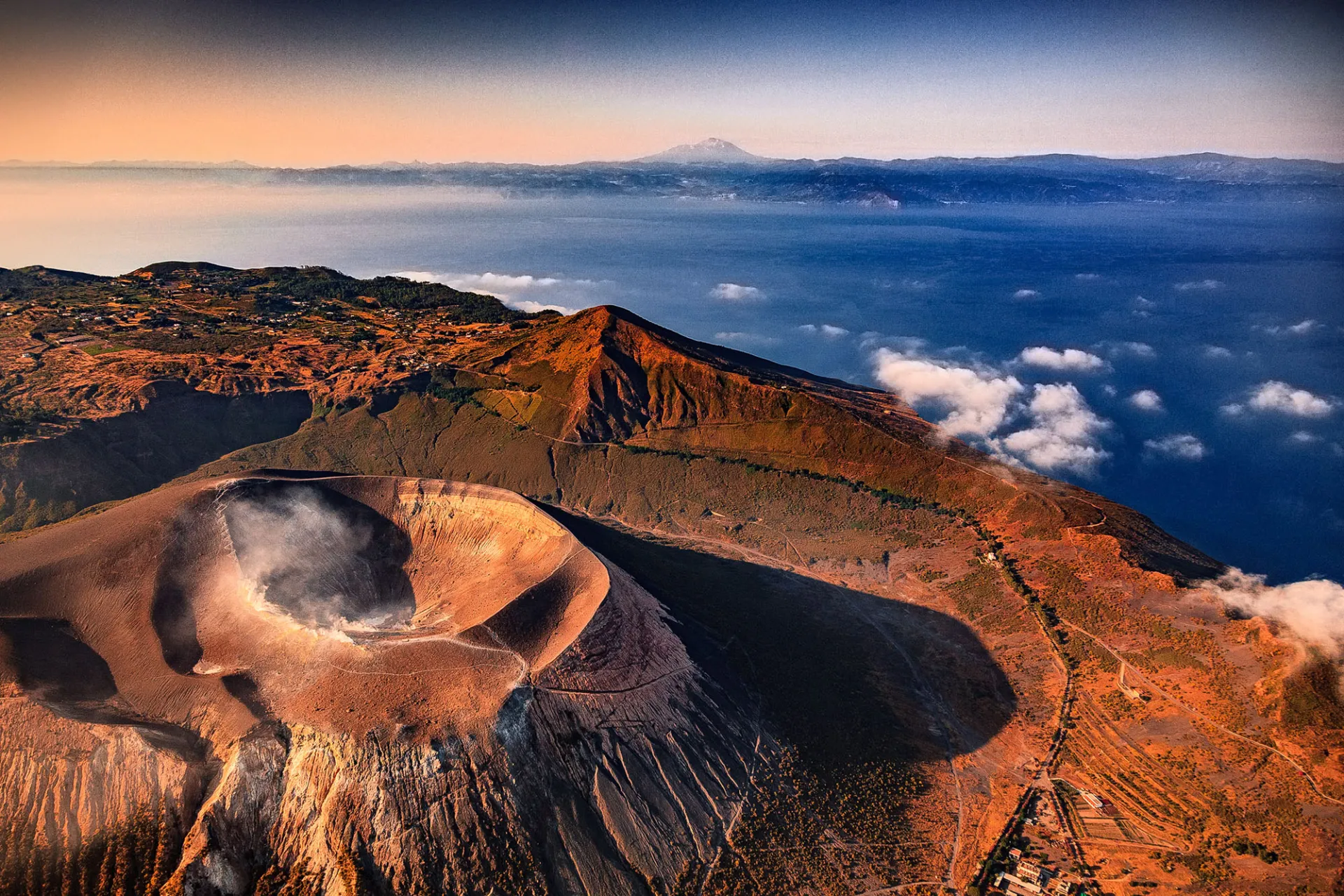
Two small but charming marinas
On Vulcano, there are two marinas, both located in Baia di Levante. Porto di Ponente, southwest of the Vulcanello Promontory, offers a well-sheltered anchorage from northeast, east-southeast, and south winds. You can enter the bay by staying in the center, where the water depth is 12–15 meters, gradually decreasing toward the shore. From here, you can reach the famous Black Sand Beach, a symbol of Vulcano, which is especially stunning at sunset with its fiery red hues. The road behind the beach leads directly to the village.
When the wind blows from the west, southwest, or northwest, the alternative anchorage is Porto di Levante, on the eastern side of the isthmus connecting Vulcanello to Vulcano. Here, you can moor at the dedicated marina dock, use the floating piers with full services, or make use of the mooring buoy field near the pier.
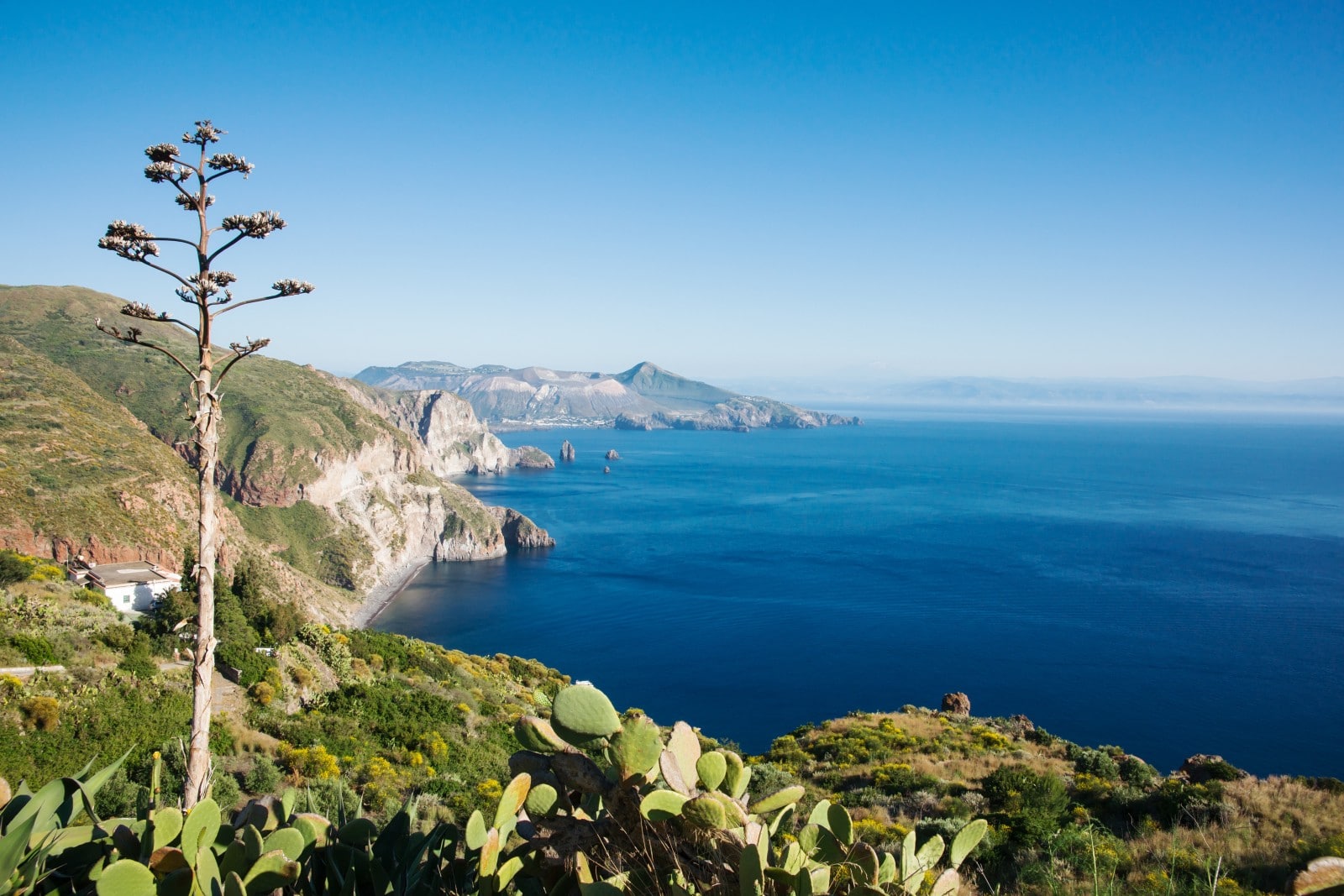
Coves and mooring buoys for anchoring
Coming from Portorosa, the first bay you encounter is Baia del Gelso. It is well-sheltered from westerly winds and, most importantly, from the wind Mistral. There are no particular hazards on the island, except at Cala Mastro Minico, where two rocks pose a danger in the middle of the bay. The main coves of Vulcano, and in a sense of the entire archipelago, are Cala di Levante and Cala di Ponente. These are two locations where you can find shelter during strong winds. In case of a Mistral storm, Baia di Levante is one of the most sheltered anchorages in the Aeolian Islands; if the wind comes from the east, Baia di Ponente is the safer option. These two bays are on opposite sides of the isthmus that connects Vulcano with Vulcanello, a small islet attached to the main island by a strip of land.
There is a buoy field in Baia di Ponente, and four more at Marina di Vulcanello. Since the number of moorings is limited in summer, it is always best to book in advance if you want to spend the night at a buoy.
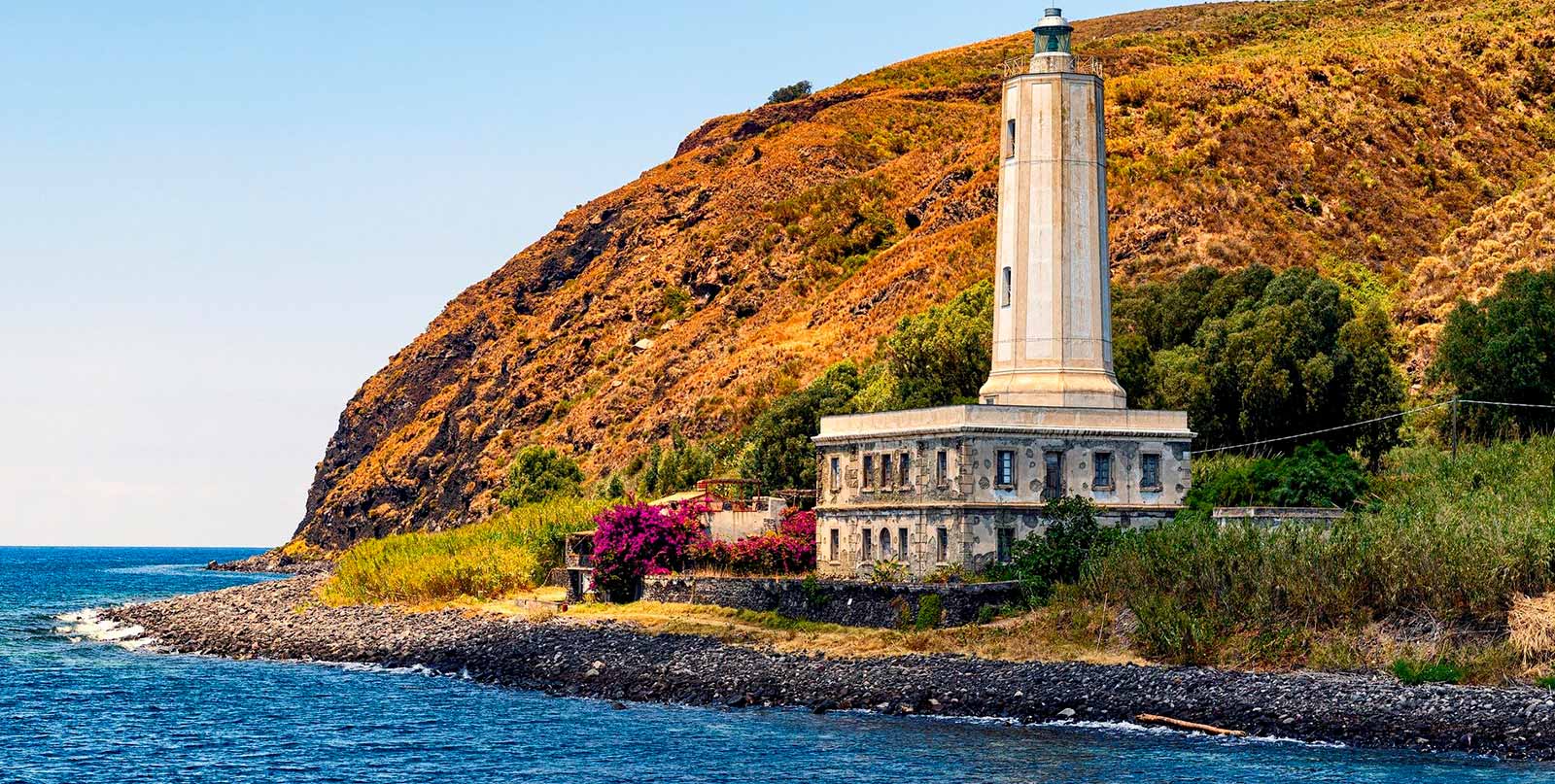
Gentle depths and moderate winds in summer
From a sailing perspective, Vulcano is an easy island. The seabed is neither too deep nor does it drop off quickly. There are few spots where it is unsafe to drop anchor.
The prevailing winds, as in all the Aeolian Islands, are the Ponente (west wind) and the Mistral, which is why, as on the other islands, the villages are always located on the eastern side of the island. In summer, the winds are usually very light, although in recent years there have been slightly more windy days than average. In any case, extreme weather events are rare.
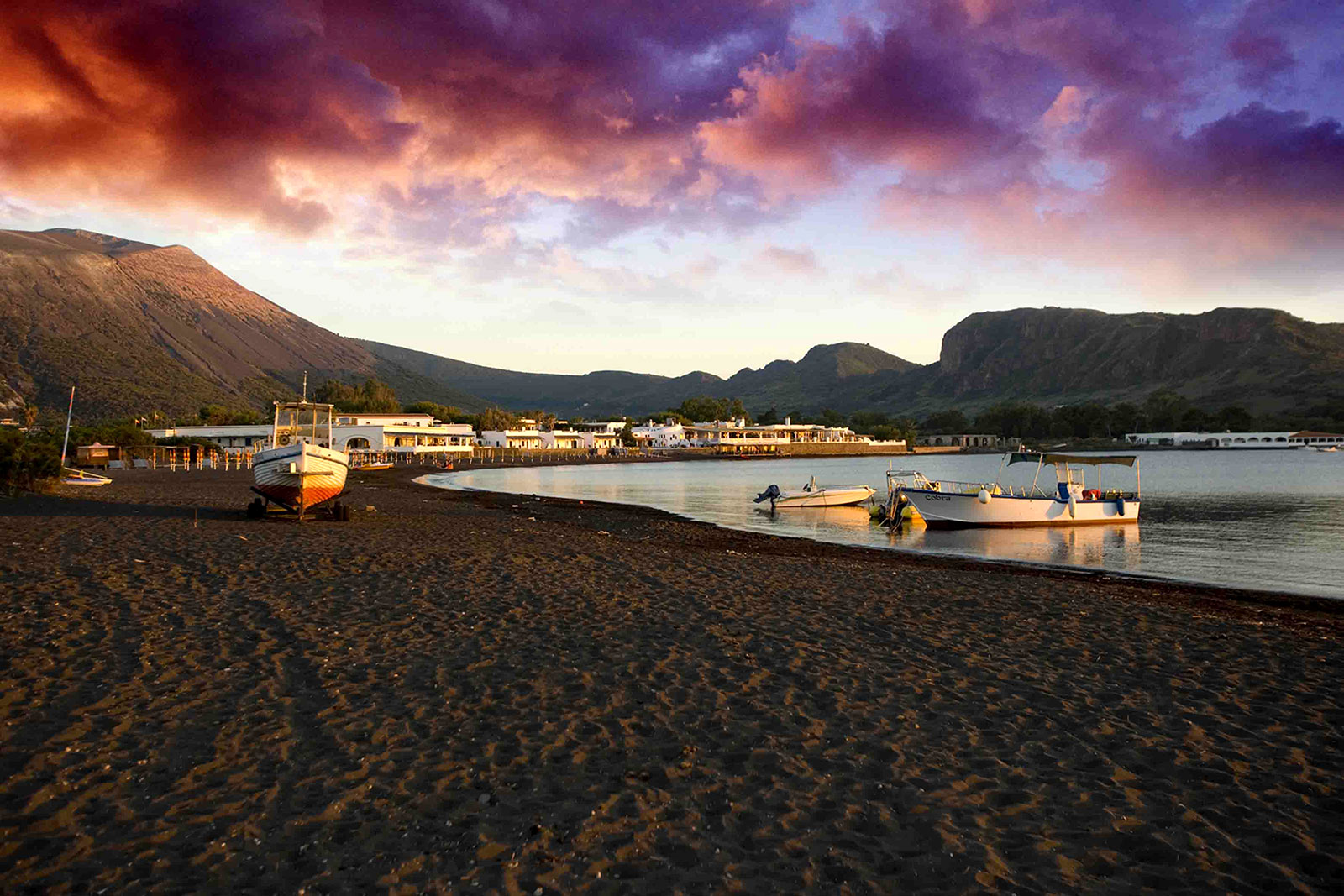
Discovering the wonders of the island
Exploring the coast, Cala del Formaggio is worth a visit—a charming cove with a pebble beach, surrounded by rocky cliffs. Equally striking are Cala di Mastro Minico and Cala di Capo Secco, a secluded inlet of wild beauty, nestled between steep volcanic cliffs. Just north of here is Punta di Capo Secco, home to the Grotta del Cavallo and the Piscine di Venere, two of the island’s most spectacular coastal spots.
Other interesting landings include Spiaggia delle Fumarole, unique for its waters warmed by sulfurous vapors and underwater springs. Finally, one of the island’s most memorable experiences is the climb to the Gran Cratere, better known as the “Fossa di Vulcano.” The trail to the crater is quite challenging (7 km) but manageable for most visitors. It is recommended to undertake the hike during the cooler hours of the day.
You May Also Like
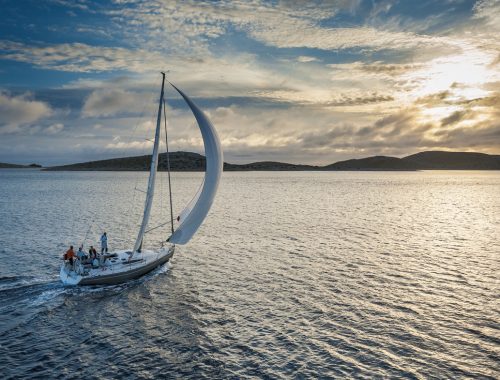
Sailing in light wind: 8 tips to maintain speed
04/11/2025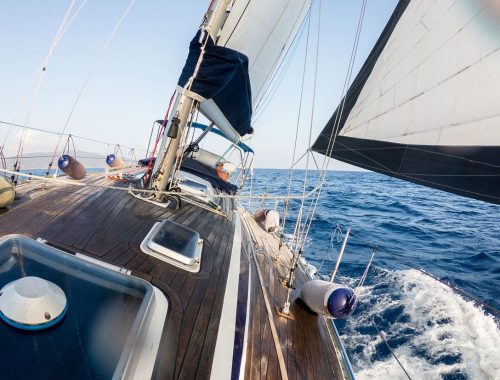
How to handle lines safely on a boat
13/11/2025